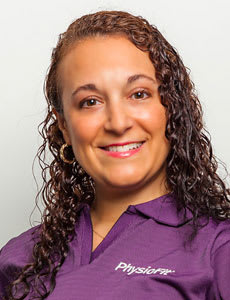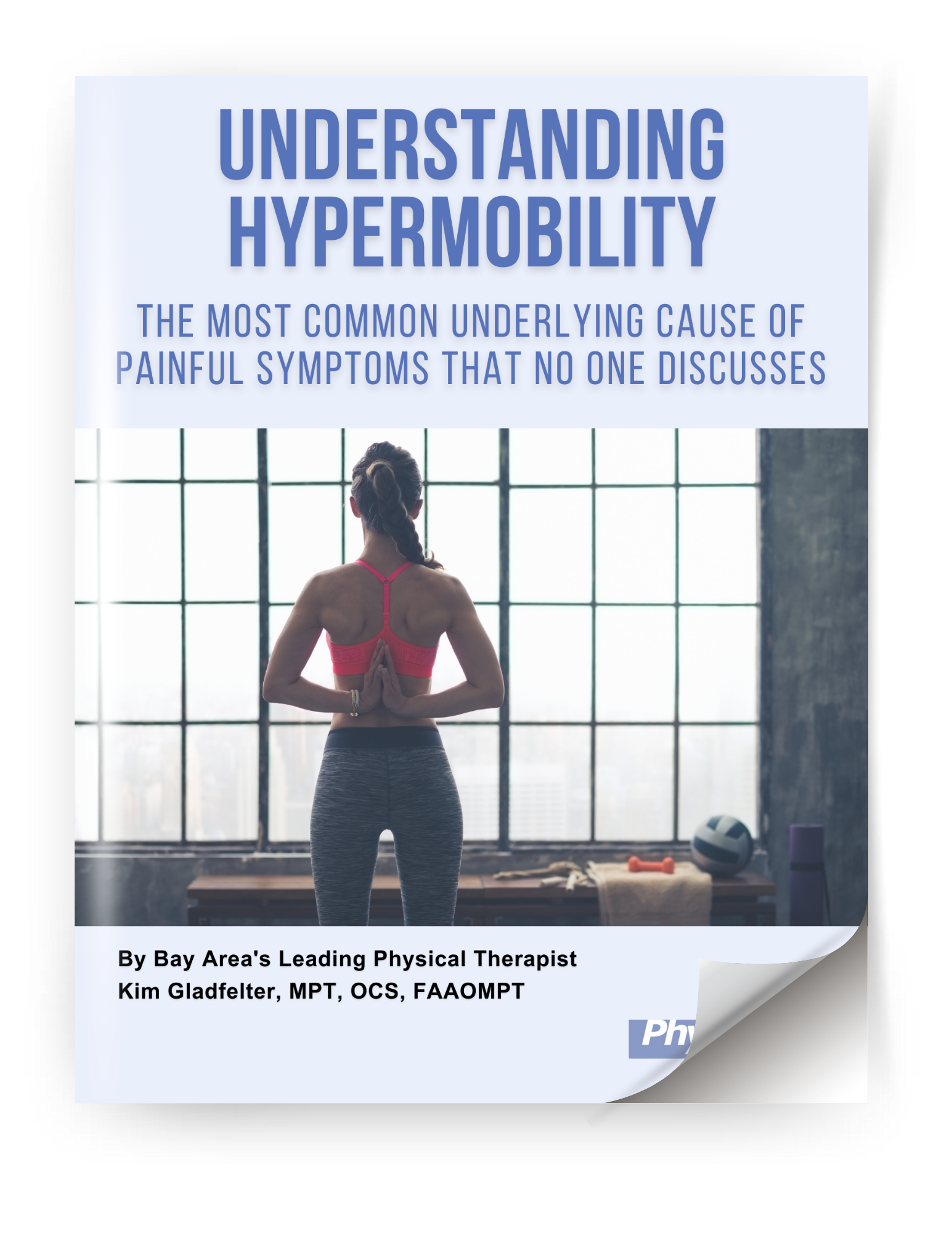Exploring How Hypermobility Affects the Body:
In this exploration of being hypermobile, we delve deeper into the specific areas of the body that are commonly affected by this condition. For a more general overview of hypermobility, go here! Hypermobility is not limited to a single joint or region; it can manifest throughout the body, influencing various systems and functions. Understanding how hypermobility impacts different areas, from the head down to the toes, is crucial for individuals dealing with this condition. Let’s navigate through each part, unveiling the unique challenges that hypermobility can present in these regions.
Head and Neck Mobility
Hypermobility can extend its influence to the head and neck, bringing about symptoms such as:
- Frequent headaches or migraines
- Temporomandibular joint (TMJ) dysfunction
- Neck pain and stiffness
- Easy neck cracking or popping
The increased flexibility in these regions may contribute to chronic discomfort and necessitate specialized care, such as physical therapy or targeted exercises to enhance stability.
Hypermobile Shoulders and Upper Back
Moving down to the shoulders and upper back, hypermobility can contribute to:
- Shoulder dislocations or subluxations
- Poor shoulder stability
- Excessive shoulder blade movement
- Chronic upper back pain
Maintaining proper posture and engaging in strengthening exercises are paramount to mitigate these issues and enhance the overall function of the upper body.
Hypermobile Elbows and Wrists Hypermobility
In the elbows and wrists, hypermobility may manifest as:
- Frequent elbow dislocations
- Difficulty gripping objects
- Wrist pain or instability
- Tendinitis or repetitive strain injuries
Implementing joint protection strategies and targeted exercises can aid in managing symptoms and preventing recurrent issues in these areas.
Hypermobile in the Hips and Pelvis
Hypermobility affecting the hips and pelvis may lead to:
- Hip dislocations or subluxations
- Pelvic instability
- Lower back pain
- Gait abnormalities
Physical therapy focusing on hip and core strength can be beneficial for individuals dealing with hypermobility-related challenges in the lower back and pelvic region.
Hypermobile Knees
Moving further down, the knees may experience:
- Knee dislocations or instability
- Frequent patellar subluxations
- Chronic knee pain
- Difficulty with weight-bearing activities
Strengthening the quadriceps and hamstrings, along with proper joint alignment, can help manage symptoms and improve knee stability.
Hypermobile Ankles and Feet
Finally, hypermobility may affect the ankles and feet, presenting as:
- Frequent ankle sprains
- Flat feet or fallen arches
- Tendonitis in the feet
- Difficulty with balance
Foot and ankle exercises, along with supportive footwear, can play a crucial role in maintaining stability and minimizing the impact of hypermobility on daily activities.
Seeking Comprehensive Care
Physical therapy emerges as a cornerstone in managing hypermobility across various body areas. A skilled physical therapist can design a personalized treatment plan, including targeted exercises, joint stabilization techniques, and posture correction. Through guided rehabilitation, individuals can enhance muscle strength, improve joint stability, and alleviate pain associated with hypermobility.
Don’t wait… being hypermobile can get worse as we age; the longer we wait the worse symptoms can get.
Embark on your journey towards a pain-free life by starting physical therapy at PhysioFit Physical Therapy. Our experienced professionals are dedicated to helping you navigate the challenges of hypermobility, providing tailored solutions for your unique needs. Take the first step in ending your painful symptoms – schedule a consultation with PhysioFit Physical Therapy today.
In conclusion
Understanding the nuanced impact of hypermobility on different areas of the body empowers individuals to take a targeted and comprehensive approach to their care. Seeking professional guidance, implementing tailored exercises, and adopting lifestyle modifications can contribute to better management and improved quality of life for those navigating the complexities of hypermobility.
Get a free guide on hypermobility:
PhysioFit is here for you. #MoveBetterLiveBetter
Learn how we can help you! Call or text us at (650) 265-2414
 ABOUT THE AUTHOR
ABOUT THE AUTHOR
Kim Gladfelter, MPT, OCS, FAAOMPT
Women's Health Physical Therapy Specialist at PhysioFit Physical Therapy & Wellness
Kim Gladfelter is a physical therapist, Pilates instructor, educator, author, and co-founder of PhysioFit Physical Therapy & Wellness. She is known as a keen, well-rounded expert of healing through movement and women’s health specialist in the Silicon Valley area.
Kim has helped men and women of all ages to stay active and feel their best. She also writes about managing pain in her health columns, blogs and the local Los Altos Town Crier newspaper as well as reaches out to the local community, support groups, schools, libraries, and sports centers to advise and educate on body awareness and therapeutic exercise.

 Los Altos, CA
Los Altos, CA


